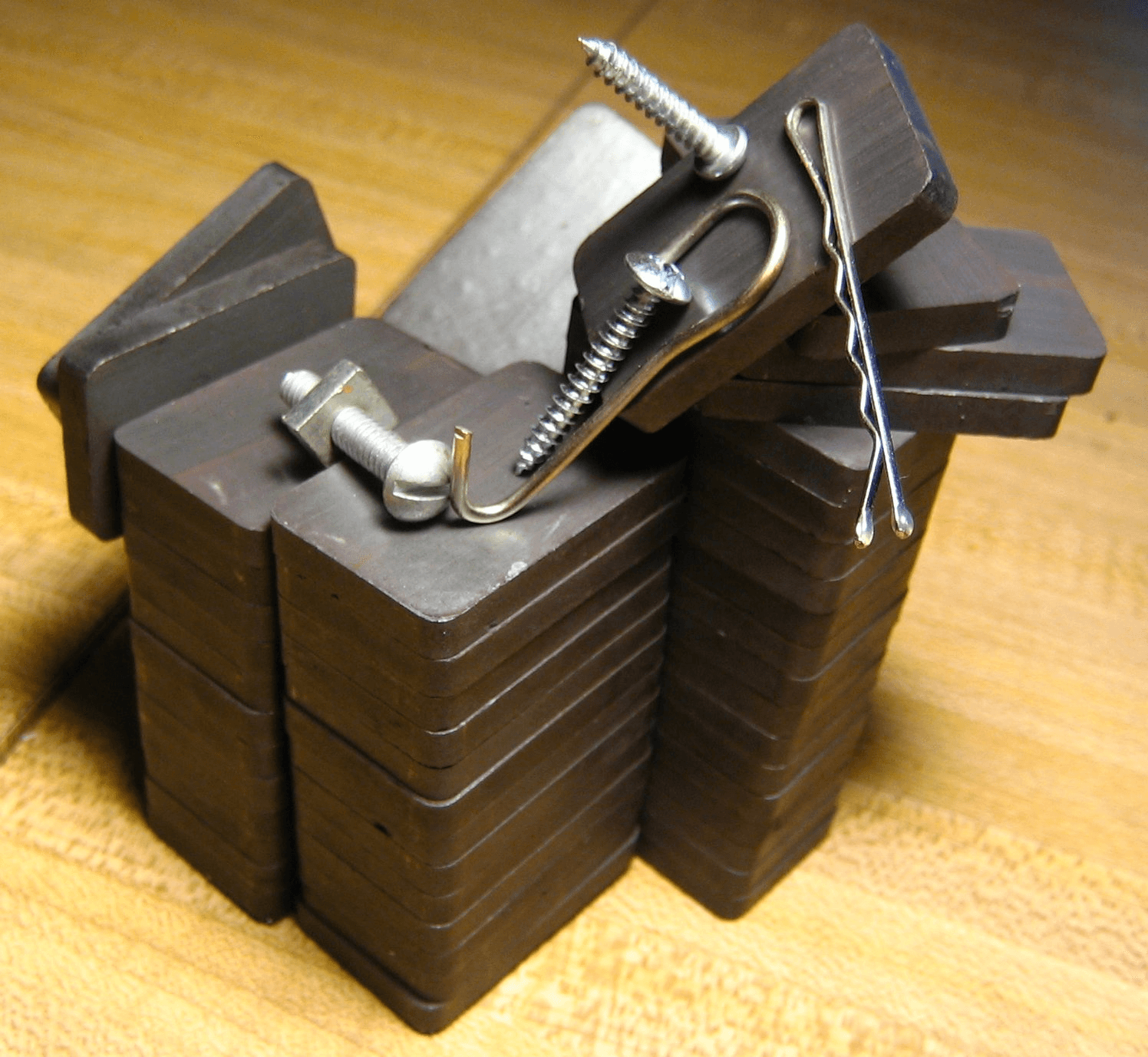Ferrite Ceramics and Ferromagnetic Materials Information
 Ferrite ceramics and ferromagnetic materials are a number of crystalline materials that exhibit ferromagnetism (or ferrimagnetism). Ferromagnetism is a phenomenon by which a material can exhibit a spontaneous magnetization. It is one of the strongest forms of magnetism.
Ferrite ceramics and ferromagnetic materials are a number of crystalline materials that exhibit ferromagnetism (or ferrimagnetism). Ferromagnetism is a phenomenon by which a material can exhibit a spontaneous magnetization. It is one of the strongest forms of magnetism.
Materials
Each ferromagnetic material has a definite temperature, above which they cease to exhibit spontaneous magnetization, called Curie temperature. Some of the most commonly used ferromagnetic materials are cobalt, iron, and nickel. Ferrites are ferromagnetic ceramic materials, compounds of iron, boron and barium, or strontium and molybdenum. A ferrite material has a high magnetic permeability, which allows it to store stronger magnetic fields than iron, and are known as ceramic magnets. Ferrite ceramics and ferromagnetic materials have many unpaired electrons and they align to create a measurable macroscopic field.
Features
Ferrite ceramics and ferromagnetic materials are generally crystalline alloys but amorphous (non-crystalline) ferromagnetic metallic alloys can also be produced by rapid cooling of a liquid alloy. Ferrite ceramics and ferromagnetic materials have the advantage that their properties are nearly isotropic (not aligned along a crystal axis). This results in:
- low coercivity
- low hysteresis loss
- high permeability
- high electrical resistivity
Attaching an RF ferrite to a cable or looping a cable through a ferrite can help in reducing unwanted high-frequency interference. An RF ferrite is consistently stable over time and over a wide temperature range, and provides RF suppression without high eddy-current losses. An RF ceramic, such as an RF ferrite, is also used in reducing unwanted frequency from the specimen it is attached to. A microwave ferrite and a microwave ceramic are used with the most advanced microwave systems for cooking, drying, package sterilization, and pasteurizing.
Applications
Ferrite ceramics and ferromagnetic materials are used in many applications. Ferrite ceramics and ferromagnetic materials are often produced as powder, which can be sintered into solid cores. Ferrite cores are used in electronic inductors, transformers, and electromagnets where the high electrical resistance of the ferrite leads to very low eddy current losses. Early computer memories stored data in the residual magnetic fields of ferrite cores, which were assembled into arrays of core memory. Their powders are used in the coatings of magnetic recording tapes. One such type of material is iron (III) oxide. Ferrite particles are also used as a component of radar-absorbing materials used in stealth aircrafts and in the expensive absorption tiles lining the rooms used for electromagnetic compatibility measurements. Most common radio magnets, including those used in loudspeakers, are ferrite ceramics and ferromagnetic materials.
Related Information
CR4 Community—Rare Earth Magnets (the Effect Loading vs Degaussing)
IEEE Spectrum—The Quest for the Spin Transistor
Image credit:
Omegatron / CC BY-SA 3.0
